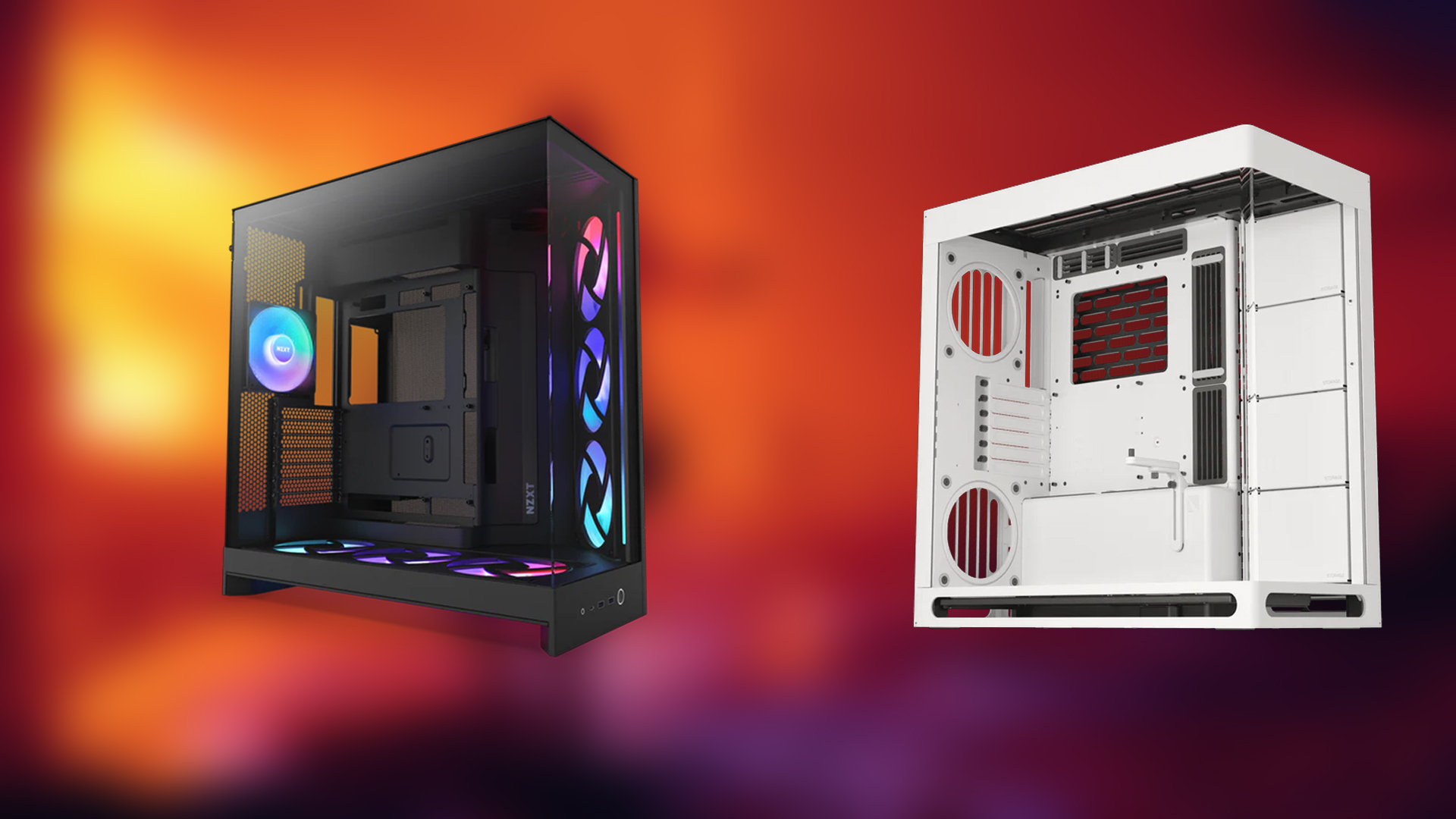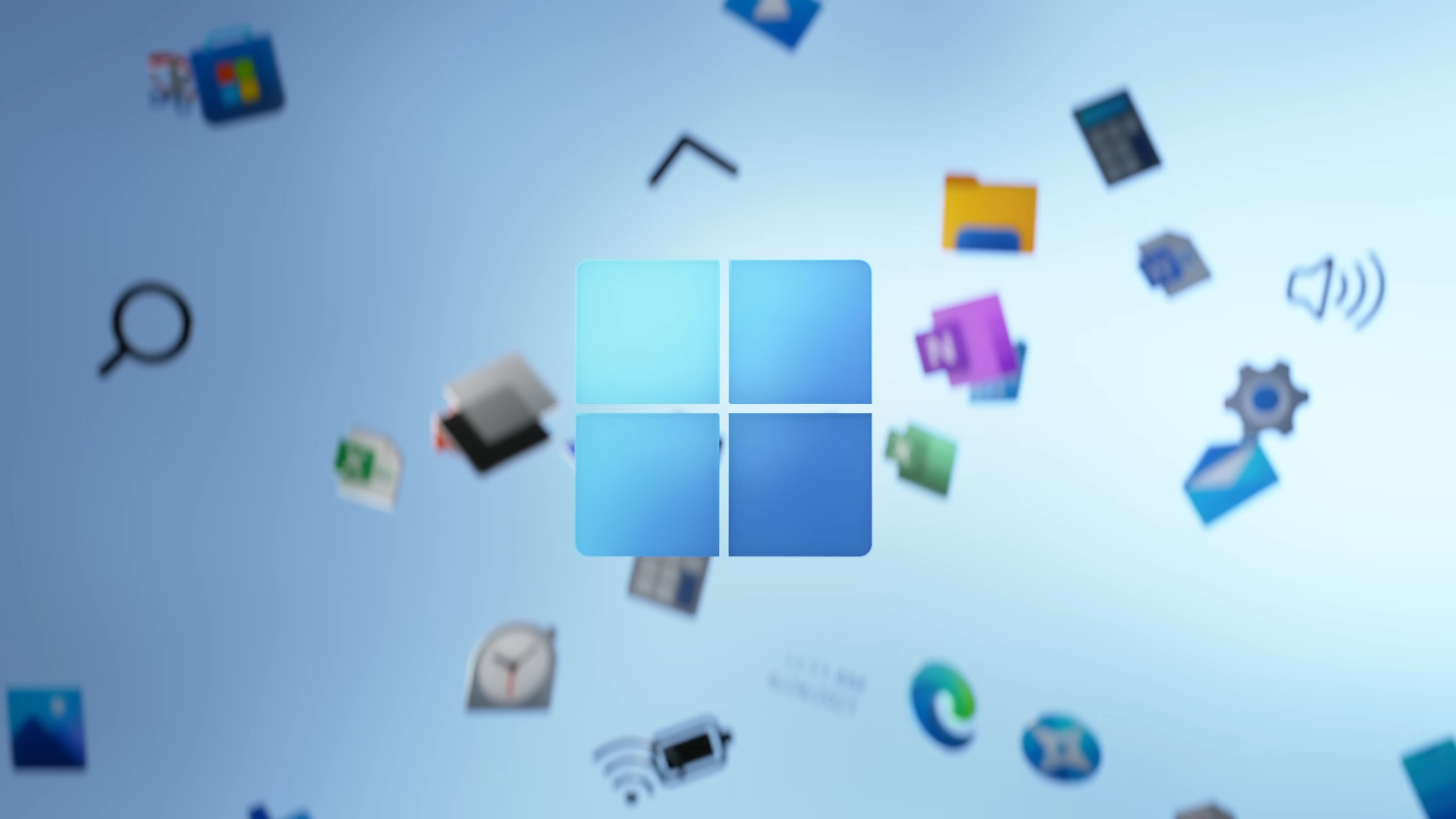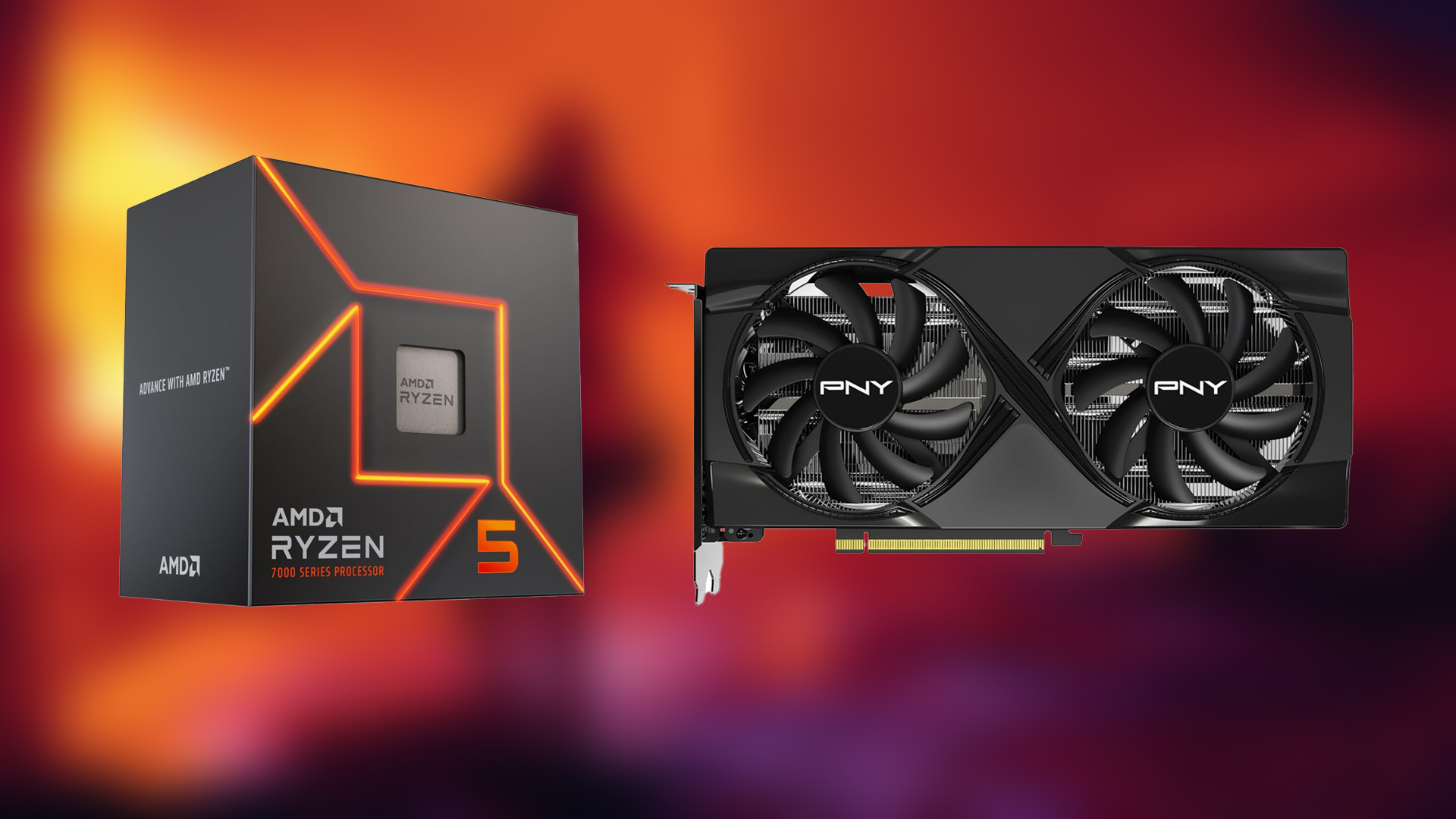Nintendo’s Switch 2 packs serious power, but can it stay cool and quiet? Here’s how its thermal design keeps gaming smooth, without the noise.
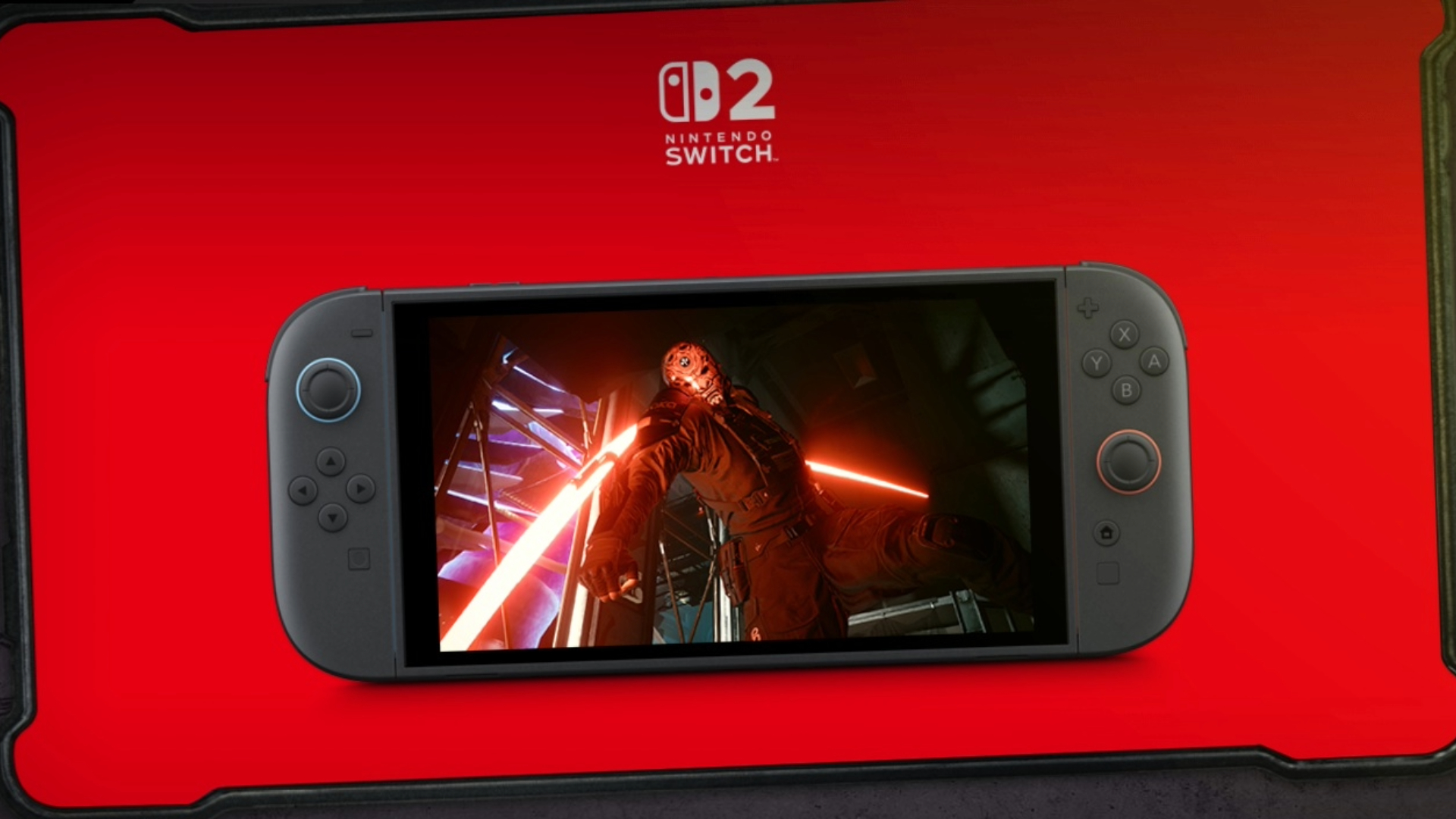
The upcoming Switch 2 is expected to offer significant performance improvements over its predecessor. Now, with great power comes the challenge of heat management. As Nintendo preps for the global launch, early insights reveal how they approached the thermal design in this next-gen fan-favorite gaming handheld.
A Smarter Dock Design for Better Thermal Headroom
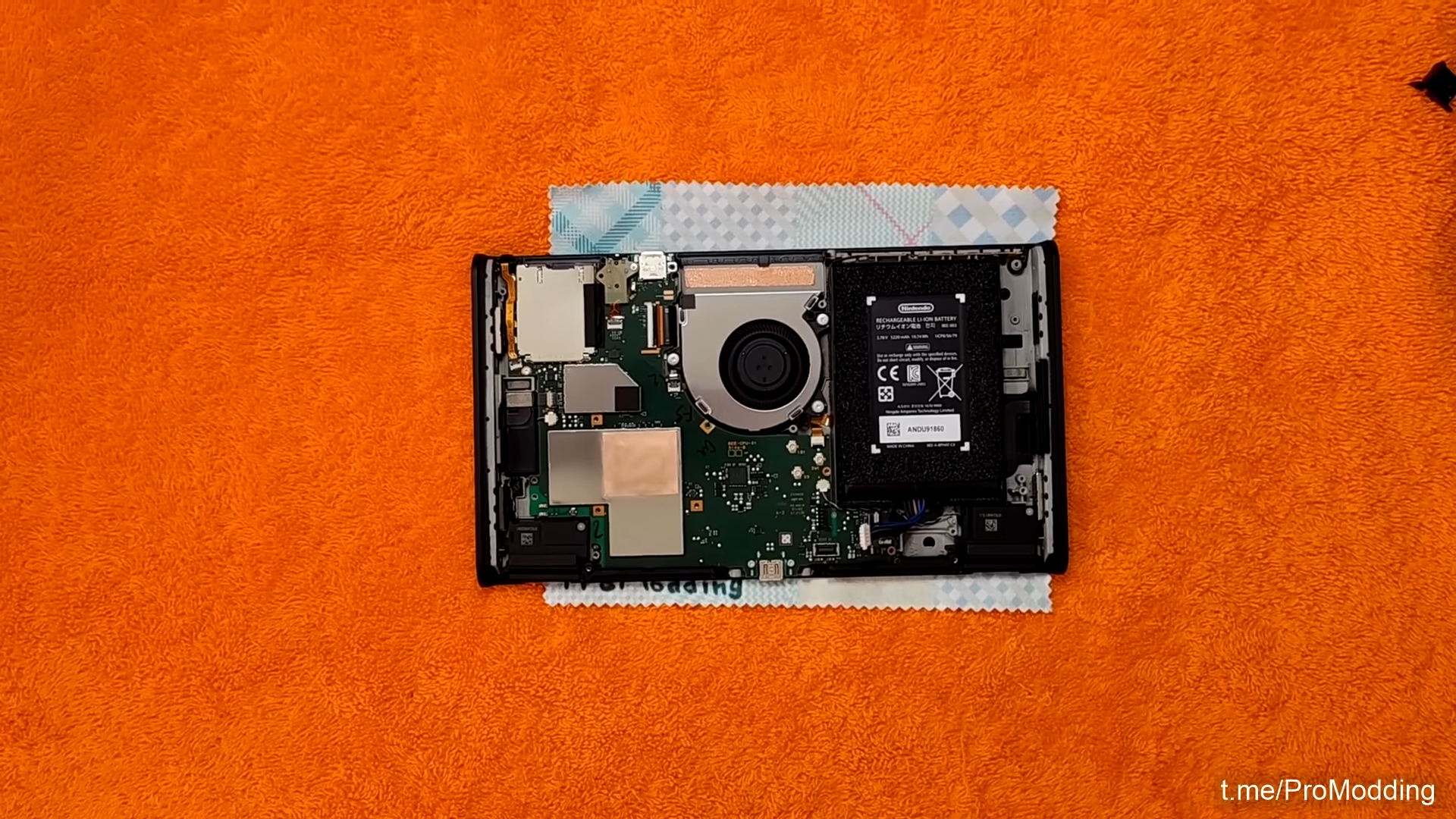
The Switch 2’s dock now features a built-in cooling fan, which doesn’t cool the console itself. It’s geared towards cooling the dock that it is provided with the console. How it cools is also an engineering art. Here is what it does: It draws in air through the back and then exhausts it from the top. This helps the console from overheating when it’s in the docked state.
The fan is indeed a great addition and a significant upgrade from the original Switch’s passive cooling design. Not only can the Switch 2 run cooler, but it can also be more efficient in rendering games, as Nintendo’s designers easily mitigate the chances of being thermally throttled. According to reports, the Switch 2 could clock in at 40W of TDP, which is quite a jump from the original Switch.
Internal Cooling Architecture
The Switch 2 has some interesting things inside its cooling design, too. A teardown analysis of the Switch 2 reveals the presence of a fan paired with copper heat pipes, which effectively cool the T239 processor. The console also has an air intake vent at the bottom and exhaust ports at the top. It is well-engineered, as the operating load is expected to be approximately 10 watts when handheld.
Performance and Noise Levels
According to early reports, the results are auspicious, as during most gaming sessions, including those extended gaming moments with titles like Mario Kart, users report very minimal fan noise and heating. The only way to max out this cooling system is to run Cyberpunk 2077.
This new cooling system is extremely vital because the Ampere GPU within has 1536 CUDA cores and can boost up to 1.4 GHz when docked. That’s 3.07 TFLOPS of GPU power right there. Back in 2013, a desktop GTX 770 could achieve this, requiring 230W of power; now it’s down to ~40W and is available in handheld devices.
Conclusion
The Switch 2’s thermal design indeed represents a significant overhaul from the original Switch. Nintendo has done a fantastic job of providing a fan, copper heat pipes, improved airflow, and thoughtfully considering the potential drawbacks of such capable components running docked without airflow; thus came a design that is seriously impressive to begin with.
We provide the latest news and “How To’s” for Tech content. Meanwhile, you can check out the following articles related to PC GPUs, CPU and GPU comparisons, mobile phones, and more:
- 5 Best Air Coolers for CPUs in 2025
- ASUS TUF Gaming F16 Release Date, Specifications, Price, and More
- iPhone 16e vs iPhone SE (3rd Gen): Which One To Buy in 2025?
- Powerbeats Pro 2 vs AirPods Pro 2: Which One To Get in 2025
- RTX 5070 Ti vs. RTX 4070 Super: Specs, Price and More Compared
- Windows 11: How To Disable Lock Screen Widgets
 Reddit
Reddit
 Email
Email
